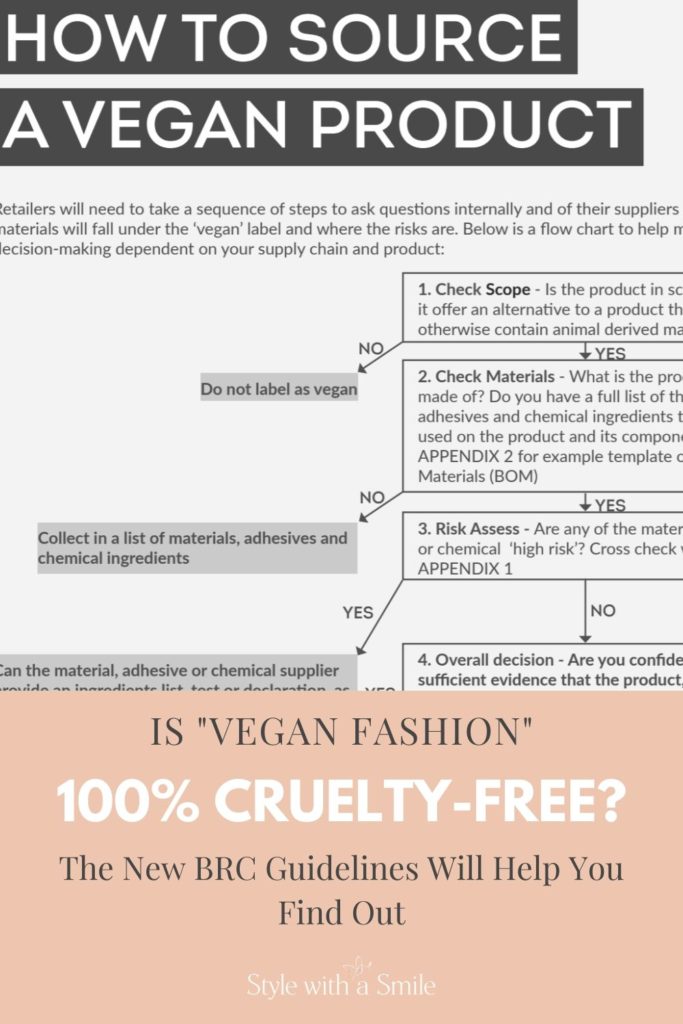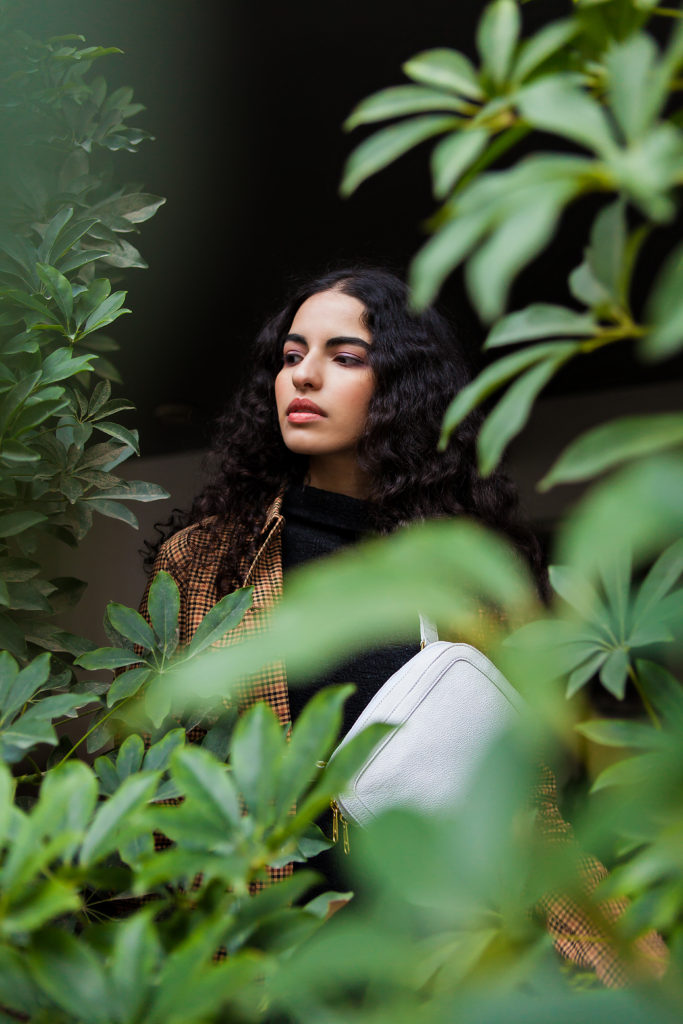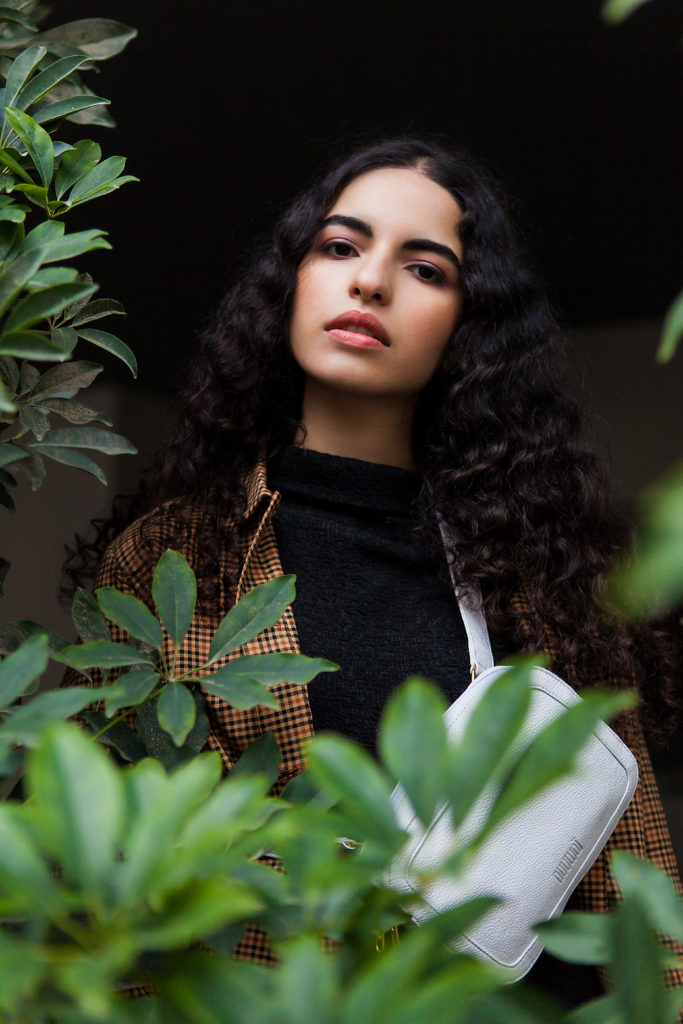When was the last time you walked into a store and saw a “vegan” label on shoes, bags or clothing items? Even I, a person who doesn’t tend to visit stores or malls much (you know, fast fashion is a big no-no for me), couldn’t miss those bold “vegan” labels that are popping up quite often these days, both online and offline. It is not a secret that vegan fashion is growing fast, and the British Retail Consortium knows it very well. According to them, “veganism is ever-growing, and even those who don’t identify as vegan seek vegan products for personal reasons and it’s not just growing in food but in clothing too”.


More than ever before, retailers want to offer vegan fashion alternatives to customers, as demand for them is growing, but they are facing new challenges, as it isn’t just about not using leather and wool, but also many types of glue, different dyes, and chemicals derived from animals.
Despite some tests available, retailers believe there is currently no test to definitively confirm the presence of animal-derived ingredients in products that will also support supply chain transparency. This means retailers would need to go back to their suppliers and ask the right questions about the raw material ingredients in order to verify them individually.
But where do they start? and what do they ask? that’s exactly what the BRC addresses in their new “Voluntary Guideline on Veganism in Fashion”, that was made to help brands to ensure “vegan fashion products are 100% cruelty-free” and give customers the genuine assurance that any vegan product can be purchased with confidence.


Why Vegan Fashion?
The fashion industry, just like the food industry, is responsible for horrible abuse and the slaughter of billions of animals every year, who spend most of their lives being abused and neglected. There’s no need to describe how deadly the fur and leather industries are, and how painfully cruel the wool industry is. There’s a huge price tag behind every non-vegan fashion item you buy, and it is an innocent being’s life. Luckily, there are alternatives that are cruelty-free, stylish and beautiful in every aspect of the word.
“Vegan” Does Not Mean “Sustainable”
BRC states that products cannot be classified as “sustainable” just because they are vegan while explaining the difference between the two terms, that for some reason, are often mixed up.
Vegan Product= An Animal-Free Alternative to a Traditionally Non-Vegan Product
According to the new guidelines by the BRC, Vegan products should offer consumers with an alternative to products that are traditionally made using animal-derived materials or ingredients, where the animal-derived component (for example, leather) has been replaced with an animal-free alternative (for example, Appleskin, Piñatex, cork and more).
Therefore, any product that is not traditionally made with animal-derived materials is not in scope. This means a cotton t-shirt should not be labeled as ‘vegan’, as it is traditionally made from cotton.
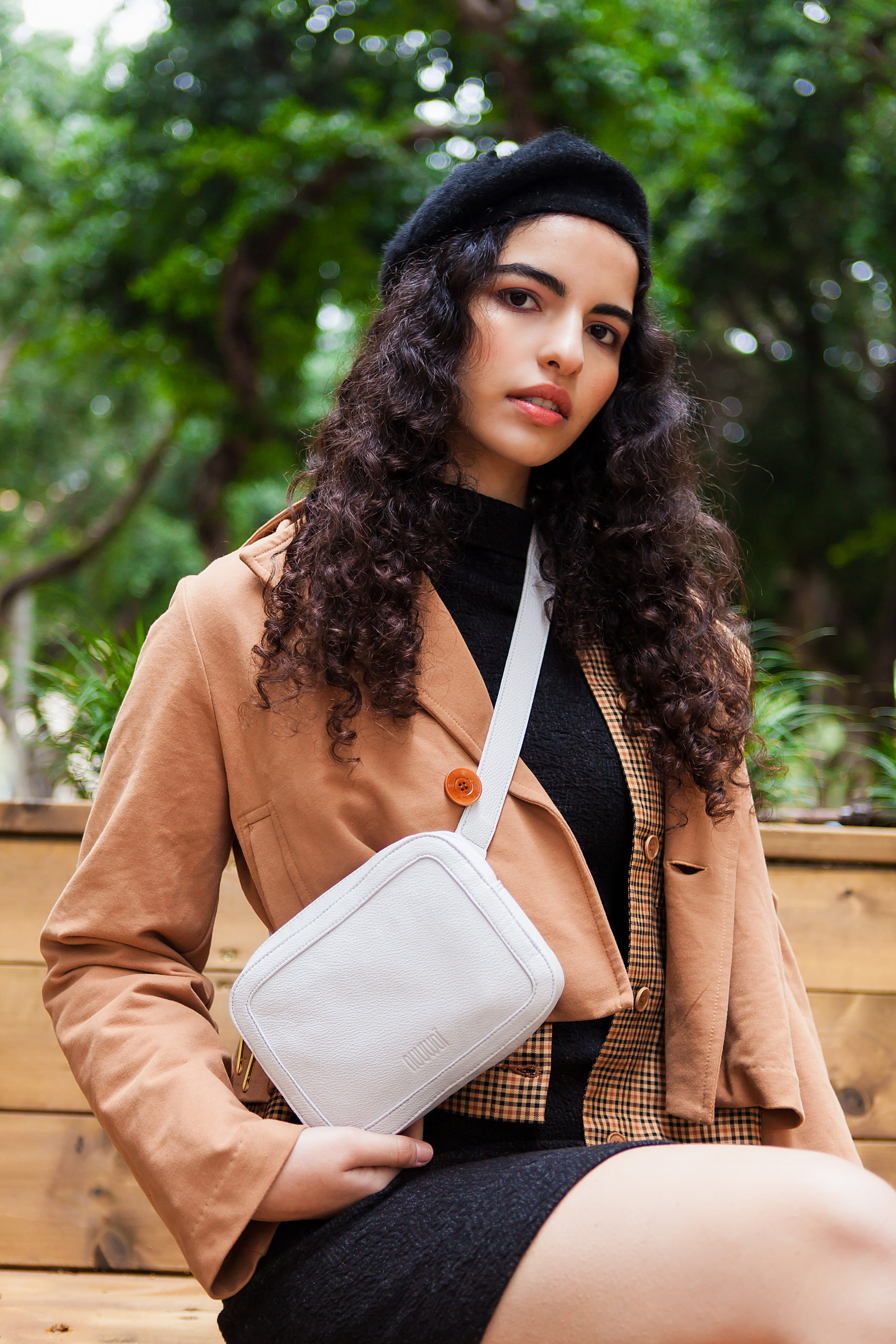

Is This Guide Perfect?
Not yet, mainly because I think all garments should be checked and labeled as being vegan, even organic cotton t-shirts. Yes, I know, modern fabric dyes are mostly synthetic, and with the rise of sustainability in fashion, natural, plant-based dyes are often used quite often too. But some of these “natural” colors are still cheaper and easier to make using animals, for example, insects, who are steamed or boiled in hot water, and crushed sea snails. And since the source of dyes is not usually specified on labels, it would be great to see products classified as “free of animal-derived dyes”, or “vegan”.
The term “vegan product” is classified as clothing, textiles, accessories, footwear, etc. that contain no animal-derived components. This includes animal-derived materials, adhesives, and chemical ingredients used in the manufacturing such as dyes, pigments or inks.
BRC’s “Voluntary Guideline on Veganism in Fashion”
The BRC Vegan Fashion Guidelines
How To Source a Vegan Product?
The guideline starts with a very informative questionnaire diagram, guiding brands about the things to check ask both internally and of suppliers to ensure materials are vegan.


- The first step to do is to check the scope: does the product you want to label as “vegan” offer an alternative to a product that would otherwise contain animal-derived materials? if it isn’t, don’t label it as one, but if it does, check the materials: what is the product made of? Do you have a full list of the materials, adhesives and chemical ingredients that were used on the product and its components? if you don’t, collect the information needed.
- When you have the full list of information needed, check the “risk areas” and see if any of the materials, adhesives, or chemical considered ‘high risk’ to have animal-derived ingredients in them. BRC added a list of animal-derived fibers and materials to help you out! If any of the materials, adhesives, or chemicals you are under the “high risk” category, ask the supplier to provide an ingredients list, test or declaration as proof of conformity, and if he cannot, Substitute the high-risk ingredients. If the substitution is not possible- do not label as vegan.
- If the materials, adhesives, or chemicals you are not under the “high risk” category, make sure you’re confident that there is sufficient evidence that the product, its materials, adhesives and the chemicals used on the product do not contain animal-derived ingredients, and that the evidence readily available if requested. If you don’t, Don’t label it as a vegan product. If you do– go ahead and to that!
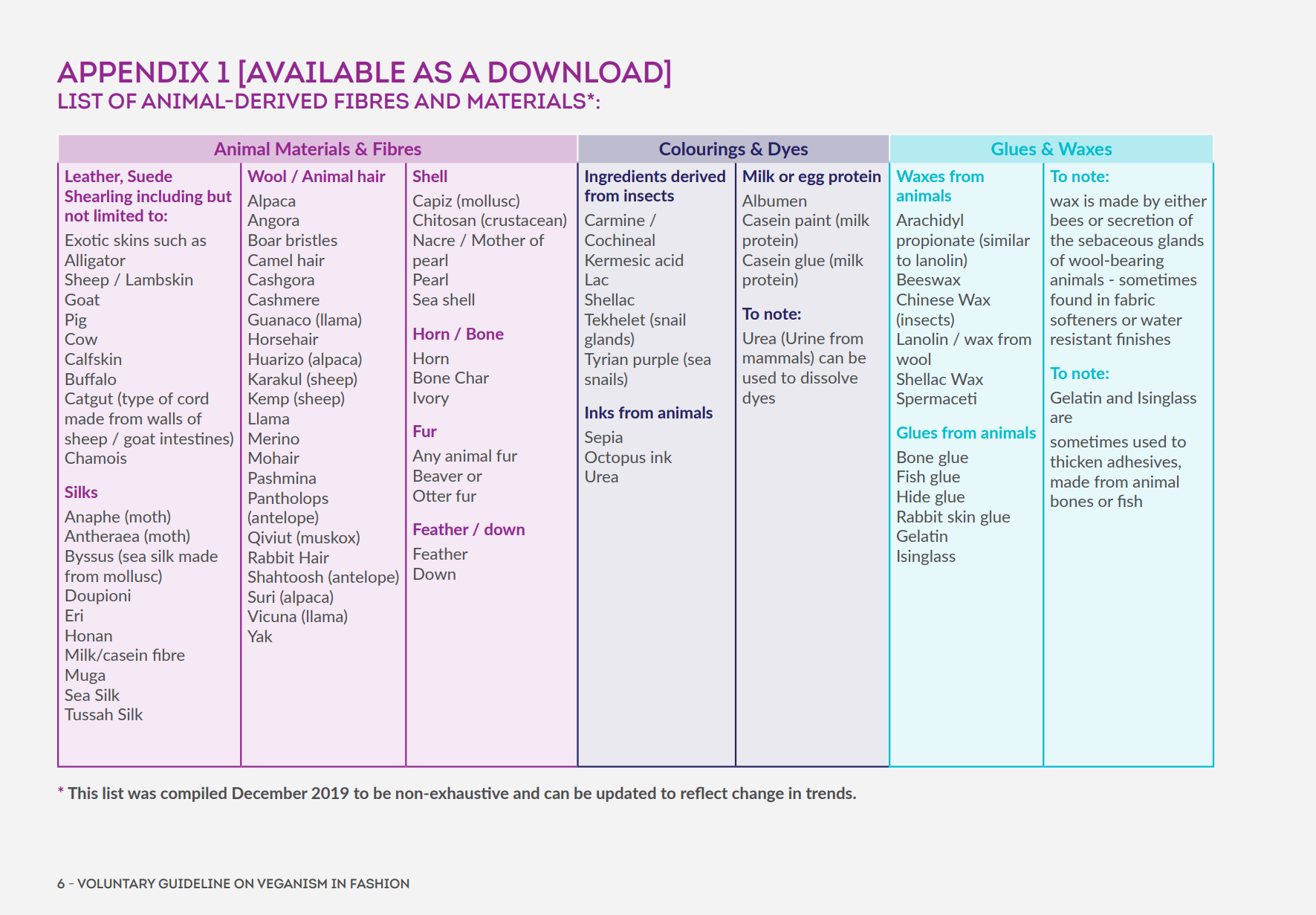

BRC notes that not all synthetic materials are vegan, so you will need transparency of chemicals in the synthetic materials to validate vegan requirements. they add that vegan products/ materials can be made in non-vegan factories, so there is an element of cross-contamination to consider. Good manufacturing practices and segregating where possible will help reduce the likelihood of being cross-contaminated.
For further information, do check out this amazing guideline, that will guide you through the journey of vegan fashion.
Why Is This Guide Important?
First of all, it gives important tools to both brands and consumers on the questions they need to ask when looking for a vegan product. As you might or might not know, labeling a product as “vegan”, even with a well-known vegan label such as PETA does not always assure the product is 100% vegan, as there are no actual tests/checks being done and it is all trust-based. This guide will serve brands as a tool that will help them assure a vegan product is actually 100% animal-free across all its supply chain in a guided, transparent way.
Moreover, it only highlights the fact that being a vegan brand, or offering vegan fashion is a valuable, worthy and positive, with the estimation of the vegan leather market to be worth $85 billion globally by 2025, according to a report by business consultancy Grand View Research (GVR). As the demand for vegan fashion skyrockets daily, everyone seems to want a slice of that ethical cake: There has been a 75% rise in vegan labeled products in the UK and a 320% rise in Denmark, and according to Toronto Sun, searches for “vegan leather” and “vegan fashion” have grown by 94% and almost 40% since 2016 in Canada.
These are, for sure, good news for the animals and to us, people of the vegan fashion movement. I am thrilled to see cruelty-free fashion is getting more and more attention. Finally, people start realizing that there’s no need to harm anyone for fashion, and demanding a change. Let’s hope vegan products and brands would be produced as ethically and sustainably as possible, for us all.
What are your thoughts about the new guidelines? looking forward to reading your comments.
Vegan, Ethical & Sustainable Outfit Details
Dress by Lovjoi*
Shirt by Armedangels*
Bag by Nuuwai
Boots by Marzeri Milano*
All Photography by the lovely Ksenia Poliak, Cruelty-Free & Vegan Makeup by my wonderful Paula Fay (Both Via Lumo Creative Studio)
Until next time,
Noa
For more outfits, inspiration, and updates follow me on Instagram, Facebook, Twitter, Pinterest and Bloglovin‘
Love what I am doing? please consider supporting me through my Ko-Fi page 🙂
*Please note, items marked with (*) were kindly gifted to me. All the opinions shared are mine. To read about my work ethics, visit my ethics page.

